- 1300 007 308
- info@ridapest.com.au
- Open 24 hours, 7 Days a week
A Guide to Combat Fleas in Australia
Back to BlogTable of Contents
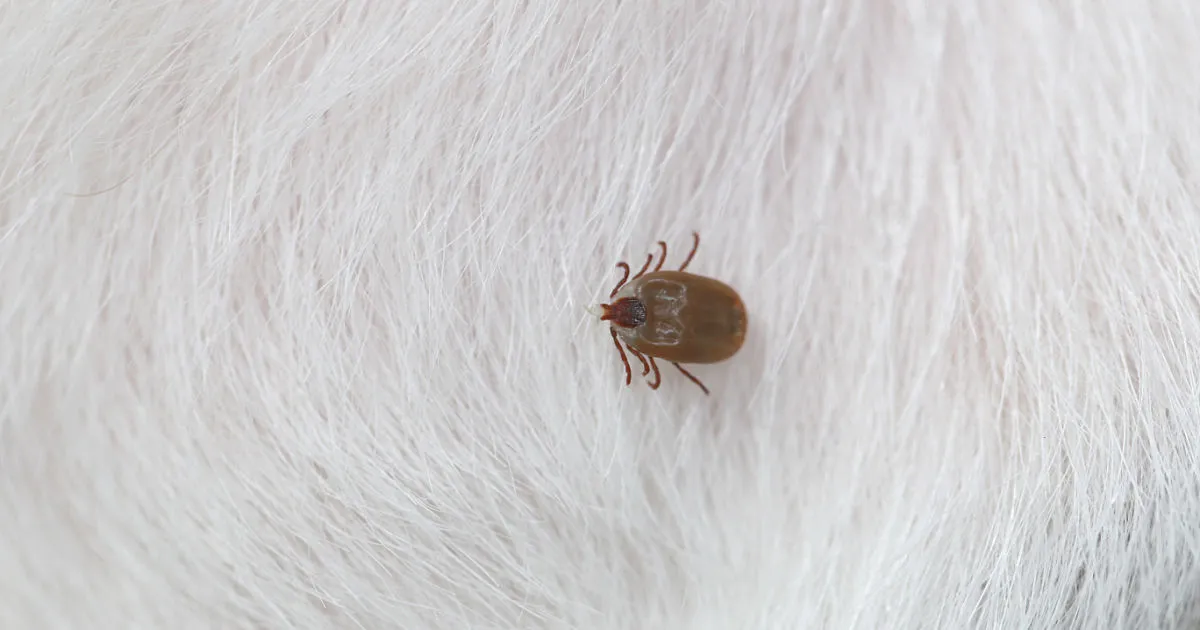
Understanding Fleas & Where Are They Found in the Home
Fleas are bothersome pests, small but dreadful, that invade homes and cause discomfort to pets and humans. They are external parasites attracted to warm-blooded hosts, from which they draw blood for sustenance.
Known for their impressive jumping abilities, fleas are typically 1.5 to 3.3 millimeters long and have flat bodies, allowing them to navigate easily through their hosts’ fur or feathers. Delving into their secretive lifestyle reveals some unsettling facts about their habitats.
Fleas are highly adaptable and can establish colonies almost anywhere, from a pet’s fur coat to carpets and upholstered furniture. Their eggs can be laid on the host animal, hatching into larvae that burrow into dark corners around the home.
The real problem with flea infestations lies not only in their sneaky presence but also in their prolific breeding habits. A single female flea can produce up to 50 offspring per day, leading to a challenging pest control process due to their rapid multiplication.
However, understanding where they nest is crucial for effective eradication. Homeowners can target these hotspots with better knowledge. Regular cat and dog flea treatments can prevent these invaders from making pets their hosts, and using natural flea repellents around common areas in the home can deter fleas from infesting those spaces.
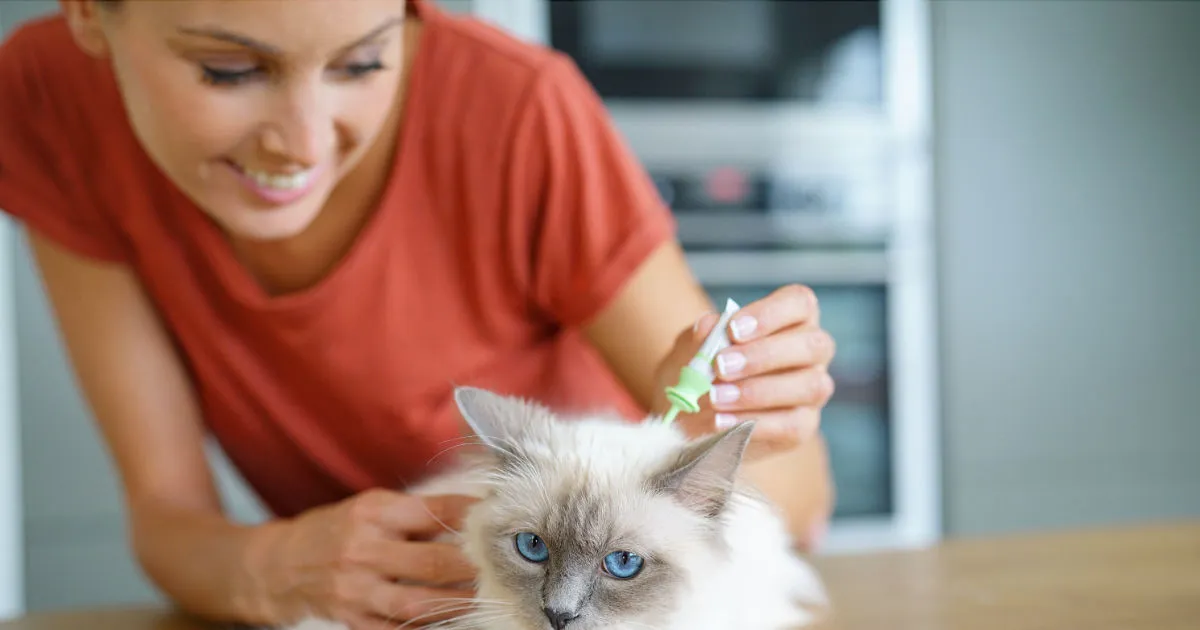
How many types of fleas are there in Australia?
Australia is a vast continent with many types of fleas. These pests have adapted to the unique environment, making flea control a significant concern for pet owners.
Over 70 types of fleas exist in Australia, with three dominant in urban areas: cat fleas (Ctenocephalides felis), dog fleas (Ctenocephalides canis), and bird fleas (Ceratophyllus gallinae). These fleas show adaptability in their host preference.
The terms “Cat Flea Treatment” or “Dog Flea Treatment” can be misleading, as cat fleas are not exclusive to cats, and dog fleas can infest various mammals, including dogs. Cat fleas are widespread and can be targeted for both Dog Flea Control and Cat Flea Control.
| Species | Common name | Host | Distribution |
|---|---|---|---|
| Ctenocephalides felis | Cat flea | Cats, dogs, humans, other mammals | Widespread |
| Ctenocephalides canis | Dog flea | Dogs, cats, humans, other mammals | Widespread |
| Echidnophaga gallinacea | Stick-tight flea | Chickens, ducks, other birds | Widespread |
| Pygiopsylla hoplia | Tasmanian devil flea | Tasmanian devil | Tasmania |
| Macropsylla hercules | Giant marsupial flea | Marsupials | Eastern Australia |
| Stephanocircus harrisoni | Striped flea | Marsupials | Northern Australia |
| Stephanocircus pectinipes | Comb-footed flea | Marsupials | Northern Australia |
Different types of fleas and their specific characteristics
Cat Flea
Let’s start with the most common type of flea in Australia, the Ctenocephalides felis, commonly known as the Cat Flea. Despite its name, this pest can be found on dogs and even humans, causing discomfort with their relentless biting activity. Identifying a cat flea infestation may be challenging due to their small size, but their itchy flea bites are noticeable.
For effective cat flea control, use suitable flea treatment products and regularly clean your pet’s bedding.
| Feature | Description |
|---|---|
| Name | Cat flea |
| Scientific name | Ctenocephalides felis |
| Size | Adults are about 1/16 to 1/8 inch long |
| Color | Black or brown |
| Body shape | Elongated and flattened |
| Legs | Long and powerful, with sharp claws |
| Mouthparts | Piercing and sucking |
| Diet | Blood |
| Life cycle | Four stages: egg, larva, pupa, adult |
| Habitat | Warm, humid environments |
| Distribution | Worldwide |
| Significance | Cat fleas can transmit diseases to cats and humans |
| Control | There are many products available to control cat fleas, including topical treatments, oral medications, and foggers |
Dog Flea
Next on the list is the Ctenocephalides canis, or Dog Flea, which, like its feline counterpart, doesn’t limit itself to canine hosts. Dog fleas share many characteristics with cat fleas, including their dark brown colour and flattened bodies for easy movement through fur.
Comprehensive dog flea control involves both internal (oral treatments) and external (topical treatments) approaches, along with pest control measures in their environment to prevent tapeworm transmission.
| eature | Description |
|---|---|
| Name | Dog flea |
| Scientific name | Ctenocephalides canis |
| Size | Adults are about 1/16 to 1/8 inch long |
| Color | Black or brown |
| Body shape | Elongated and flattened |
| Legs | Long and powerful, with sharp claws |
| Mouthparts | Piercing and sucking |
| Diet | Blood |
| Life cycle | Four stages: egg, larva, pupa, adult |
| Habitat | Warm, humid environments |
| Distribution | Worldwide |
| Significance | Dog fleas can transmit diseases to dogs and humans |
| Control | There are many products available to control dog fleas, including topical treatments, oral medications, and foggers |
Bird Flea
Another prevalent species is the Echidnophaga gallinacea, or Bird Flea. These fleas specifically infest birds but may take advantage of human hosts if bird nests are disturbed. Using natural flea repellents can deter them from infesting your home.
| Feature | Description |
|---|---|
| Name | Bird flea |
| Scientific name | Various |
| Size | Adults are about 1/16 to 1/8 inch long |
| Color | Black or brown |
| Body shape | Elongated and flattened |
| Legs | Long and powerful, with sharp claws |
| Mouthparts | Piercing and sucking |
| Diet | Blood |
| Life cycle | Four stages: egg, larva, pupa, adult |
| Habitat | Warm, humid environments |
| Distribution | Worldwide |
| Significance | Bird fleas can transmit diseases to birds and humans |
| Control | There are many products available to control bird fleas, including topical treatments, oral medications, and foggers |
In each case, early detection is vital for effective treatment strategies that minimise discomfort for everyone involved. Whether dealing with cat, dog, or bird fleas, being vigilant about changes in your pet’s behaviour can help identify and address any problems before they become troublesome.
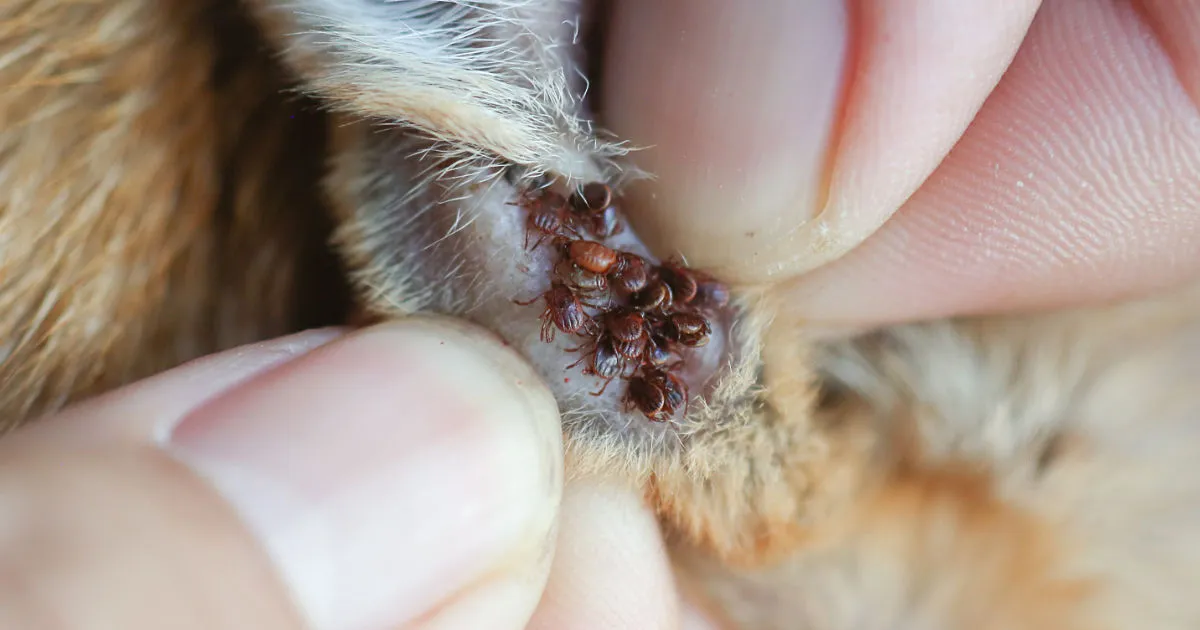
Interesting facts about fleas
Fleas, those tiny insects in the realm of entomology, truly embody the concept of annoying pests. They have a remarkable ability to multiply rapidly and cause significant discomfort to both humans and pets.
While we often associate fleas with dogs and cats, it’s crucial to remember that they can infest other animals as well. A single flea can lay up to 50 eggs per day, highlighting the urgency of prompt flea treatment when an infestation is discovered.
Fleas undergo metamorphosis, transitioning from eggs and larvae to adult insects, which makes them resilient against treatments targeted at specific life stages. Effective flea control requires a comprehensive approach, involving pest control measures like natural flea repellents or chemical treatments to address all stages of their lifecycle simultaneously.
One fascinating fact about fleas is their incredible jumping ability. Thanks to their powerful hind legs and flexible bodies, they can jump up to 150 times their body length, allowing them to leap onto hosts from the ground like skilled jumpers.
Though seemingly insignificant, fleas can pose serious health risks as carriers of diseases like murine typhus and tapeworms, which they transmit to hosts through their bites during feeding. Proper flea control is essential to protect both humans and pets from these troublesome pests.
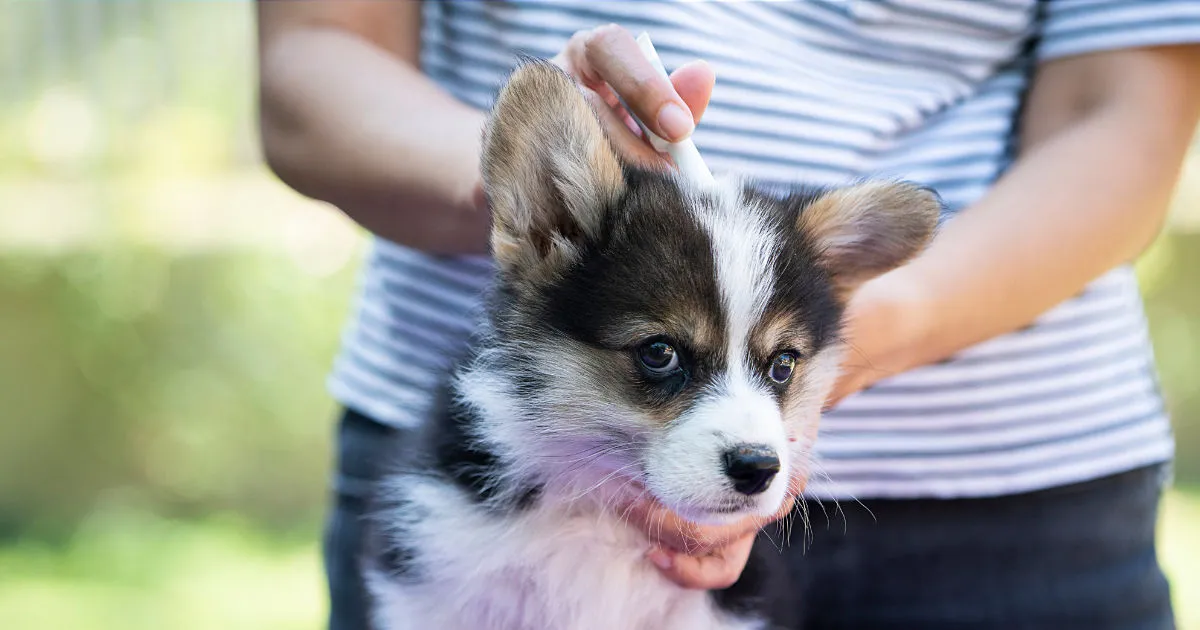
How to prevent Fleas in Australia
In Australia, a proactive approach is necessary to fend off the relentless assault of fleas. Adopting pest control measures as a preventive undertaking is crucial, considering that fleas thrive in warm and humid conditions.
These pests often lurk in outdoor areas where pets spend time, such as garden beds, verandas, and beneath decking. Keeping these areas clean and debris-free is fundamental to prevent flea infestations.
For homes with dogs and cats, dog flea control and cat flea control are of paramount importance. Selecting approved treatments recommended by a veterinarian is essential. Regularly applying these treatments can eliminate adult fleas, eggs, and larvae from your pet’s coat before they have a chance to infest your home.
It’s also essential to consider the potential for flea bites on humans. Fleas are not picky eaters and can bite humans just as they do our furry friends. Topical creams can soothe itchiness and inflammation from flea bites, but prevention is always better than cure.
Natural flea repellents, like essential oils such as lemongrass, peppermint, or citronella, can be employed as alternatives to chemical solutions. These natural deterrents are safe for pets and family members while effectively deterring fleas.
Promptly hiring professional pest controllers at the first sign of a severe flea infestation is essential. They possess knowledge about different types of fleas and their lifecycle stages, enabling them to devise optimal long-term flea control strategies.
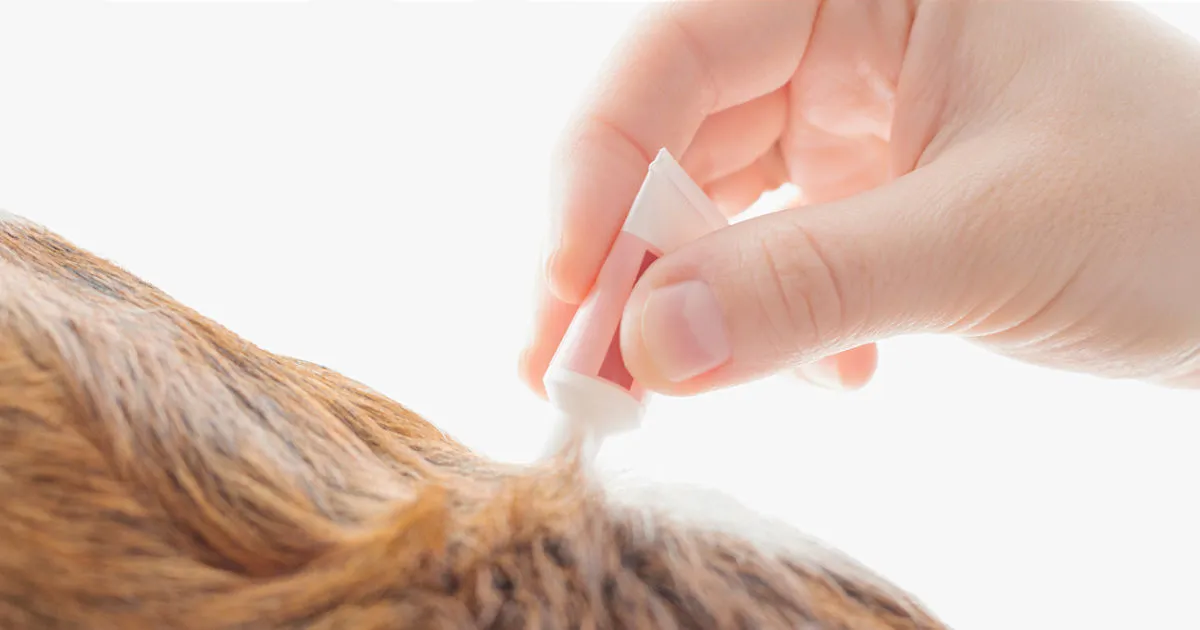
Why Prioritise Flea Control in Your Australian Home?
Dealing with fleas isn’t just about comfort – it’s about safety, wellness, and peace of mind. In Australia, where diverse flea species thrive, prioritising effective flea control brings numerous benefits to both humans and pets in your home.
Firstly, implementing successful flea control measures protects your loved ones from discomfort and potential health hazards. Fleas can carry diseases like tapeworms and murine typhus, posing health risks to both pets and humans. A flea-free home is a healthier home, reducing the likelihood of these health complications.
Secondly, investing in flea prevention saves time and resources in the long run. With a single female flea laying up to 50 eggs a day, a small problem can rapidly turn into a full-blown infestation. Early prevention minimises the risk of spending substantial time and money on extensive treatments later.
Finally, keeping your home free of fleas maintains a more pleasant living environment for everyone. No one wants to live with the constant itching and irritation fleas cause. A flea-free environment means happier pets and a more comfortable home for all occupants.
Adopting effective flea control strategies like regular flea treatments, natural flea repellents, or hiring professional pest control services empowers you to reclaim your home from these pesky intruders. Whether you’re dealing with cat, dog, or bird fleas, understanding and addressing the flea problem in Australia contributes to a healthier, happier home environment. Remember, prevention is not just a step, but a leap towards comfort, peace of mind, and a flea-free living space.
Continue Your Cairns Pest Exploration:
- 🐝 Buzzing with curiosity about stinging insects? Explore Australian Wasp and Bee Species to unravel the world of these essential pollinators. Learn how to coexist harmoniously with them in your Cairns surroundings.
- 🕷️ Weaving a web of intrigue about eight-legged wonders? Delve into Australian Spider Species to decode the secrets of these captivating critters. Discover how to live peacefully alongside them in your Outback oasis.
Frequently Asked Questions
What’s a fast-acting method to eliminate fleas in a home?
Use flea-specific insecticides or a fogging machine, but always ensure safety precautions are followed.
Are fleas capable of inhabiting your bed?
Yes, fleas can survive in bedding as they are attracted to warm, dark, and humid environments.
What are the signs that indicate a flea infestation?
Itching pets, flea droppings (dark specks), flea eggs (white specks), and flea bites on humans are key signs.
Is it possible for humans to become infested with fleas?
Yes, while they prefer non-human hosts, fleas can also infest humans and cause itchy bites.
How can I eliminate fleas from my home in a single day?
Professional pest control services are most effective for same-day results, alongside thorough cleaning.

Or Mathias
Passionate owner of Ridapest Termite & Pest Control in Cairns, Australia, leveraging over five years of industry experience to provide pet and family-friendly pest control solutions. Known for his dedication to customer satisfaction and environmental safety, Or has grown Ridapest into a leading service, setting new standards in pest control while keeping homes and businesses safe.
